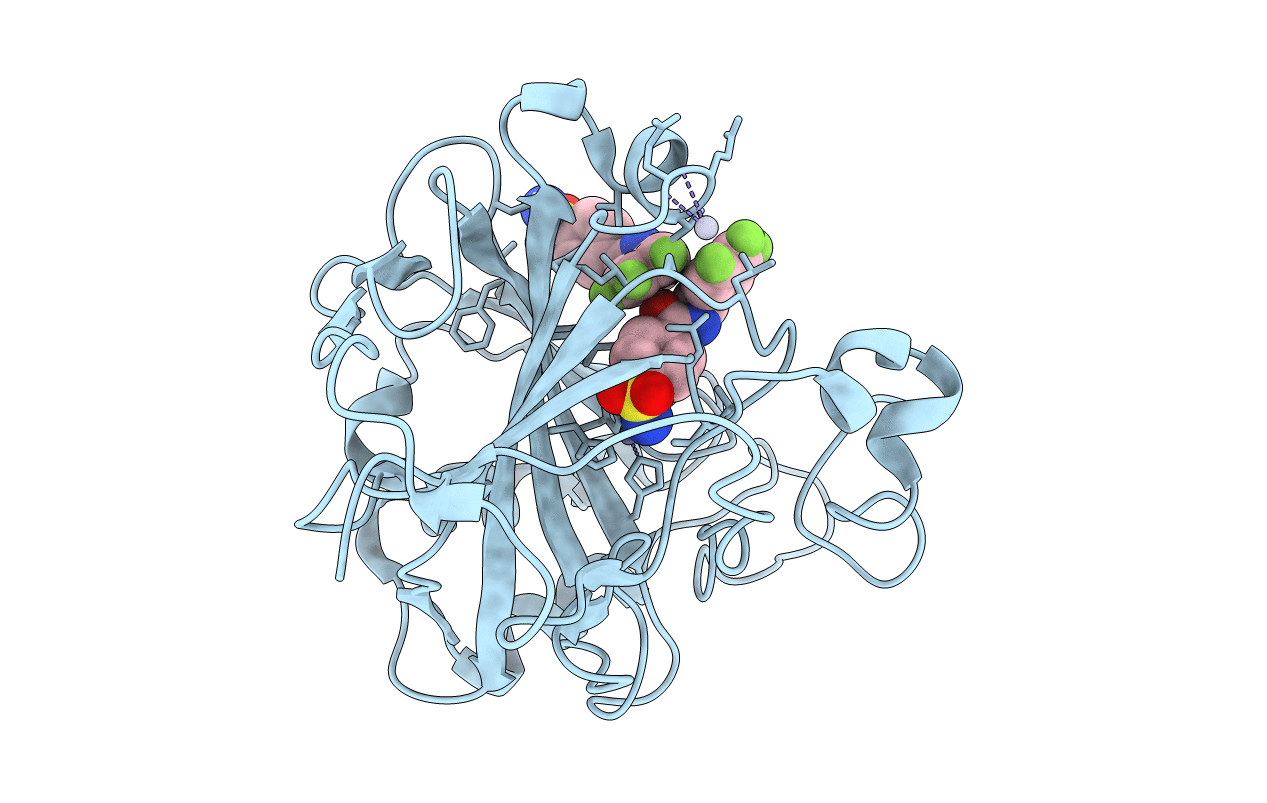
Deposition Date
2001-03-20
Release Date
2001-03-28
Last Version Date
2024-02-07
Entry Detail
PDB ID:
1I9Q
Keywords:
Title:
CARBONIC ANHYDRASE II (F131V) COMPLEXED WITH 4-(AMINOSULFONYL)-N-[(3,4,5-TRIFLUOROPHENYL)METHYL]-BENZAMIDE
Biological Source:
Source Organism:
Homo sapiens (Taxon ID: 9606)
Host Organism:
Method Details:
Experimental Method:
Resolution:
1.80 Å
R-Value Free:
0.24
R-Value Work:
0.18
Space Group:
P 1 21 1


